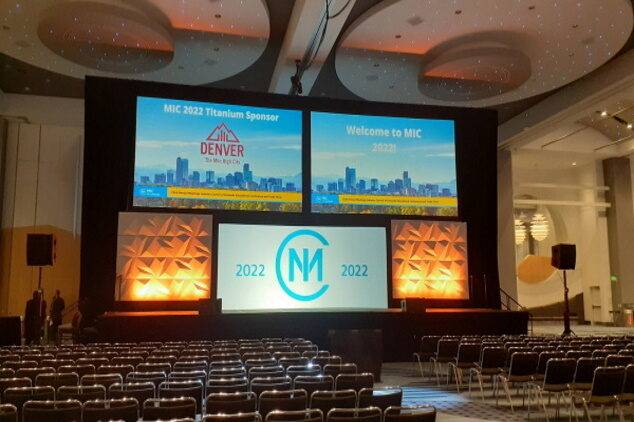Crucial Tactics for Maximizing the Durability of The LED Display
Wiki Article
LED screens are becoming progressively widely used for various purposes, from advertising to entertainment. To guarantee that these screens function efficiently over the years, it is essential to adopt tactics that extend their lifespan. Comprehending the elements that affect the longevity of Light Emitting Diode walls can help operators maintain their performance and prevent unneeded replacements.
One of the primary elements that can prolong the lifespan of an LED screen is appropriate installation. It is crucial to have a skilled crew handle the installation process to guarantee all parts are correctly connected. Inadequate setup can lead to electrical issues or physical damage. Additionally, the placement of the Light Emitting Diode wall should consider surrounding conditions such as sunlight exposure and moisture levels. A well-installed screen in a proper site will minimize the risk of damage caused by outside factors.

Regular upkeep is a further crucial strategy to prolong the life of an Light Emitting Diode screen. This includes routine inspections to monitor for any indicators of deterioration or malfunction. Dust and dirt can build up on the top of the Light Emitting Diode panels, affecting brightness and hue quality. Wiping the displays with appropriate materials will help maintain ideal clarity. It is also important to monitor the electronics behind the display, making sure that all links are tight and that there are no heat issues, which can significantly reduce the durability of the parts.
Power management plays a vital role in enhancing the lifespan of an Light Emitting Diode screen. Excess voltage or fluctuating power supply can damage the internal circuitry. To avoid this, using a high-quality power supply and implementing surge protection strategies is recommended. Additionally, adjusting the screen to function at reduced brightness levels when high brightness is not required can reduce stress on the lights. This not only extends the lifespan of the wall but also conserves energy, making it a cost-effective choice.
Furthermore, program control can affect the functionality of Light Emitting Diode screens. Consistently updating the software that controls the display ensures that it runs efficiently and includes any essential safety patches. Old program can result in functionality issues and may put the setup to risks. Proper timing of content can also help in managing the workload of the display, allowing it to rest during non-peak hours, which can contribute to a greater durability.
In summary, maximizing the lifespan of an Light Emitting Diode screen involves a combination of appropriate setup, regular upkeep, efficient power management, and careful program management. By focusing on these critical tactics, users can guarantee that their LED screens stay functional and aesthetically appealing for many seasons. Taking proactive measures will not only enhance the performance of the Light Emitting Diode visit page wall but also provide a greater return on investment over the years.